.jpg)
In the lead-up to the 2009 elections, Edward-Isaac Dovere was hearing curious things about the Working Families Party. The party had taken the unusual step of creating a for-profit campaign services firm in 2007. The firm, Data and Field Services, had helped elect several Democrats to the state Senate in 2008, and in 2009 its clients included a group of WFP-backed New York City Council candidates as well as then-City Councilman Bill de Blasio, who was running for public advocate.
Dovere, the editor of City Hall, an upstart Manhattan political newspaper, wasn’t sure the WFP and Data and Field Services were playing by the rules. Campaign staffers confided that they didn’t know whether an influx of field workers was coming from the party or its little-known for-profit arm. Republican lawmakers grumbled that the WFP, a growing force in New York politics that frequently cross-endorsed Democrats, was using the firm to “game the system.”
One Thursday in early August of 2009, Dovere put in a call to Bill Lipton, the party’s deputy director. Lipton told Dovere he was free to chat. But when Dovere brought up Data and Field Services, Lipton suddenly was too busy. “Fuck!” Lipton responded, with a nervous laugh. Lipton told Dovere to call Dan Cantor, the WFP’s executive director, adding, “It’s not that complicated, but I’ve got an appointment.”
Over the course of several phone calls with Cantor, as the conversation shifted from the WFP’s efforts to elect progressive candidates to the blurred lines with its for-profit arm, Cantor seemed to grow agitated. While Data and Field Services was registered as a separate company, Cantor confirmed that it shared office space and employees with the WFP. He wasn’t sure which employees worked for which entity.
“You should think of them like a department of ours,” said Cantor, who denied anything was amiss. “We don’t run this thing, but everybody knows this was created by us toward the goal of fighting toward a more decent society.”
At that moment, Dovere knew he had a story. “But when it was clear that the person in charge of this operation himself didn’t know where the lines were that they had supposedly set up, and thought that it seemed like they should be given a pass because of the ends they were working towards, I knew I could write something pretty strong.”
By the end of the weekend, Dovere posted a 10,868-word exposé. It laid out compelling evidence suggesting that the WFP was using DFS to circumvent spending and contribution limits while bypassing the disclosure requirements of official party spending. One of the firm’s biggest clients was de Blasio, whose campaign appeared to be the most egregious in violating city rules against coordination and sharing of resources between campaigns and political parties. (The de Blasio campaign denied any wrongdoing.) “Upwards of a million dollars, and possibly more, are involved, with over $1.7 million in matching funds comprised of taxpayer dollars already disbursed and more are potentially at stake,” Dovere wrote.
The reaction was immediate. The Atlantic, the Daily News, the Observer and other outlets followed up as the WFP scrambled to respond. The party hired Judith Kaye, New York’s former chief judge, to conduct a “thorough review” of its operations. The U.S. attorney for the Southern District of New York launched an investigation. Although the federal probe was closed in 2010 without any charges filed, a lawsuit and an investigation by a special prosecutor kept the controversy alive. In 2011, the party shut down Data and Field Services.
As Dovere’s reporting rippled through the New York political world, it also shook up City Hall, which had never before published such an explosive story. Some WFP-affiliated labor unions cut off advertising. Calls were made to Dovere’s boss, Tom Allon, to try to get Dovere fired. But while the episode put the news operation under intense pressure, it put the newspaper on the map.
Dovere, who went on to join Politico, where he is now senior White House reporter, said he and the City Hall team had produced a lot of strong journalism up to that point. “But that was a defining story for me, the defining story in my time as a New York reporter,” he said, and “so far seven years later still a defining story of my career, even though I’m sitting here in Washington covering the president of the United States and potentially the next president of the United States.”
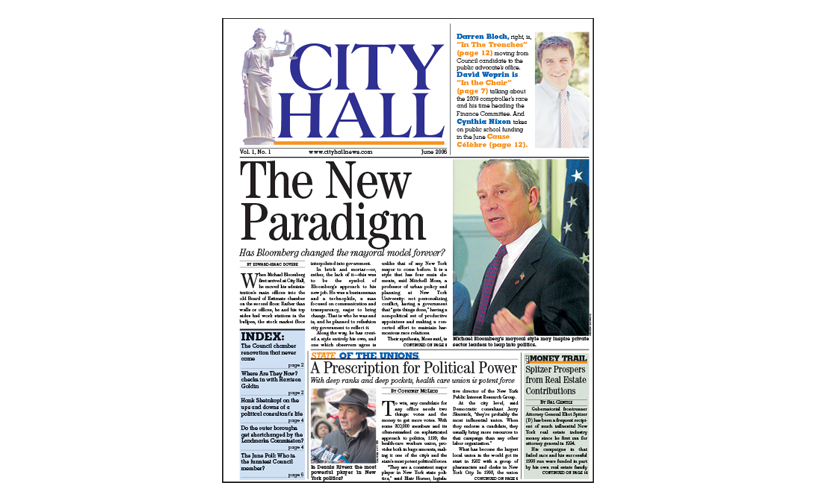
-
What the world was like in 2006
2006, the year of our founding, may not feel so long ago, but just think – the iPhone didn’t exist, Bloomberg wasn’t yet considered a “nanny” and quinoa on the menu would have confused all but the most serious foodies. Here’s what was happening. 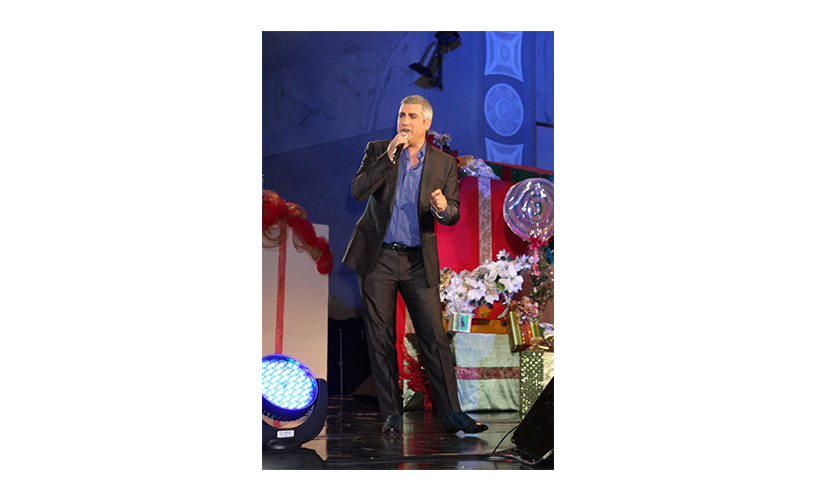
-
Top TV show: “American Idol”
The show’s fifth season was also its best-rated. Grey-haired Taylor Hicks was the winner. 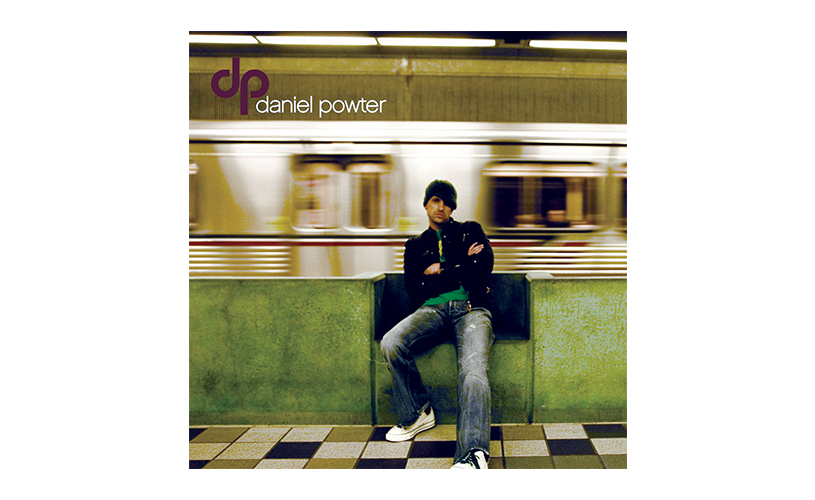
-
No. 1 Song:“Bad Day,” Daniel Powter
This one-hit wonder got a huge boost from “American Idol” using his song every time a contestant got booted off the show. 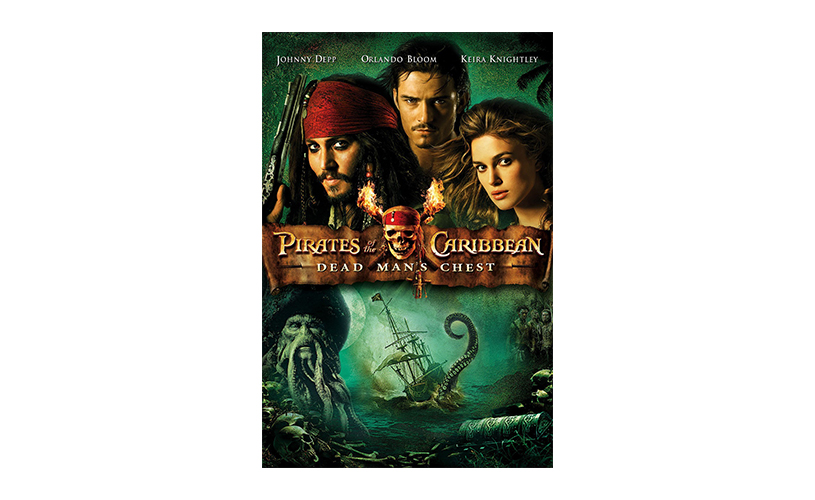
-
Biggest Movie: “Pirates of the Caribbean 2: Dead Man’s Chest”
The second movie in the based-on-a-theme-park-ride series was the highest-grossing film, but Bill Bratton’s top pick, “The Departed,” won the Oscar. 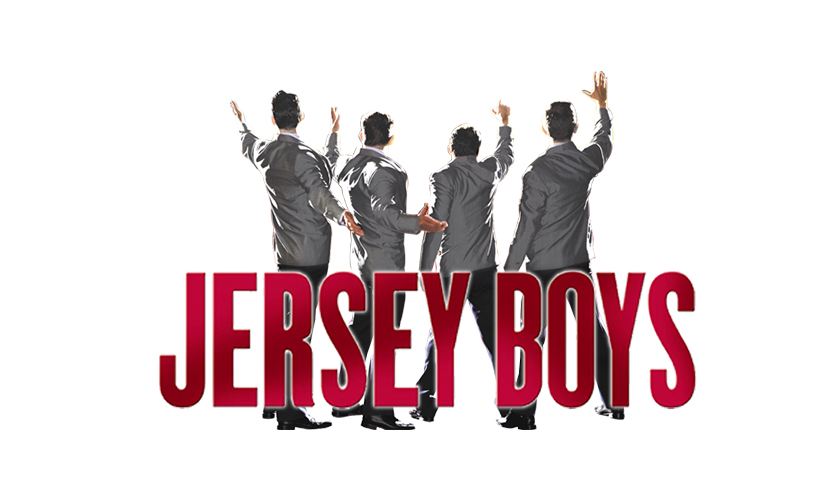
-
Biggest Musical: “Jersey Boys”
The jukebox musical about Frankie Valli and the Four Seasons won the Tony that year. It’s still playing, but is set to close in January. 
-
Top Fashion Trend: skinny jeans
So declared The Times: “A New Size for Denim: Extra Tight.” Other hits were Crocs, ballet flats and black nail polish. 
-
Best-selling cell phone: Nokia 1600
It may not have looked like much, but way back in 2006, you didn’t need a phone to do much more than get in touch with people. 
-
Top Holiday toy: Nintendo Wii
We all wanted a Wii, and all ages got into the active-gaming craze. Other hits were the Sony PS3 for more serious gamers and Tickle Me Elmo X for the kids. 
-
Top New York Sports Team: the Mets
The Amazins just missed the World Series, falling to St. Louis in the seventh game of the NLCS. 
-
Other Launches
City & State wasn’t the only great company founded in ’06. Buffalo Billion recipient SolarCity was born. So was the home of the Mets and Jets, SNY. “30 Rock” debuted in October, and Twitter was born – though our first tweet wouldn’t come till 2009.
City Hall was in many ways Dovere’s creation, but it was the brainchild of Tom Allon. The idea came to Allon in the late 1990s, when he was running several Manhattan weekly community newspapers owned by News Communications Inc. The parent company also owned The Hill, a political publication covering the nation’s capital, and its success inspired Allon to try to replicate the model in New York.
In 2001, when Allon and several investors acquired the Manhattan weeklies from News Communications, he drew up a business plan for a new company, Manhattan Media, that included a proposal for a New York political newspaper called City Hall. That summer, Allon reached out to a professional acquaintance, Sydney Schanberg, a Pulitzer Prize winner for his war reporting in Cambodia, and the two began preparing for an October launch. But after the Sept. 11 terrorist attacks, Allon shelved the plans.
Finally, Allon brought the idea to Dovere, then a reporter at Manhattan Media. Dovere, who had interned at The Hill, had been hired by Allon in 2005, and his coverage of the elections that year impressed Allon. Dovere, who continued reporting for two of the company’s weeklies, recruited interns and freelancers and teamed with Mitch Hoffman, the company’s art director, to put out the first edition of City Hall in June 2006. That first issue had no ads and was published as an insert in one of the weeklies – Our Town Downtown – to cover printing costs.
From the start, the newspaper was a mix of in-depth reporting on big-name politicians like Michael Bloomberg and Eliot Spitzer, interviews with local elected officials, opinion columns and analyses of policy issues, legislation and elections. Dovere’s sense of humor came through in lighthearted features, including an annual April Fool’s Day issue. Another recurring feature was a “Power Lunch” column, in which a politician joined a reporter at a favorite restaurant to talk food and politics. Before long, the newspaper was compiling lists of young rising stars, the most eligible elected officials and the most beautiful people in politics. Hoffman generated a mix of whimsical and provocative covers.
Despite the bare-bones staffing, Dovere, Hoffman and Jim Katocin, an advertising executive, worked tenaciously to keep the young publication afloat. Hired by Manhattan Media’s advertising team that summer, Katocin built a clientele of unions, lobbyists and advocacy groups. For the third issue in August 2006, he sold The Patrolmen’s Benevolent Association a print advertisement that ran opposite a piece assessing Bloomberg’s presidential prospects. “Bloomberg for president?” asked the PBA ad, which offered a sarcastic interpretation of the mayor’s comments about union contract talks. “First learn to speak Bloombergese.”
Kevin Sheekey, a top Bloomberg aide, later told Allon that he had put the article on the mayor’s desk, but folded it over to keep Bloomberg from seeing the ad. After seeing both, the mayor asked Sheekey why he hadn’t showed him the anti-Bloomberg ad, too.
“That was when I realized there might be a business here,” Allon recalled. He relayed what had happened to the PBA representative who placed the ad, who was so thrilled Bloomberg had seen the ad that he bought three more ads on the spot.
That fall, Cuomo, then an attorney general candidate, was in Allon’s office to interview for an endorsement by Manhattan Media’s weeklies. As Allon remembers it, Cuomo noticed a copy of City Hall on the desk and said to him, “It’s nice you did a paper in the city, but all the money’s up in Albany. Why don’t you have one up there?”
Allon wanted to start a state version immediately, but it wasn’t until January 2008 that the staff launched The Capitol, a sister publication covering Albany politics. The growing readership brought in more advertising, and more advertising paid for more staff. Dovere hired Andrew Hawkins as his first reporter in 2007, and the next year he brought on another former intern, Sal Gentile, and freelancer David Freedlander as managing editor. Chris Bragg joined the reporting team in 2009, and Laura Nahmias came on in 2010.
The team’s increasingly sophisticated coverage gained attention. State Senate Majority Leader Joe Bruno told Dovere after Spitzer’s first legislative session that the governor lacked the “temperament to govern.” After he was elected attorney general, Cuomo sat for a rare interview. In 2009, City Hall had an exclusive on Rep. Anthony Weiner choosing not to run for mayor. Then came Dovere’s groundbreaking investigation of the Working Families Party. In 2010, Freedlander penned a definitive profile of Assemblyman Vito Lopez, the boss of the declining Brooklyn Democratic machine, while Dovere’s piece on U.S. Attorney Preet Bharara raised an early warning from the hard-charging federal prosecutor who would go on to shake up city and state politics.
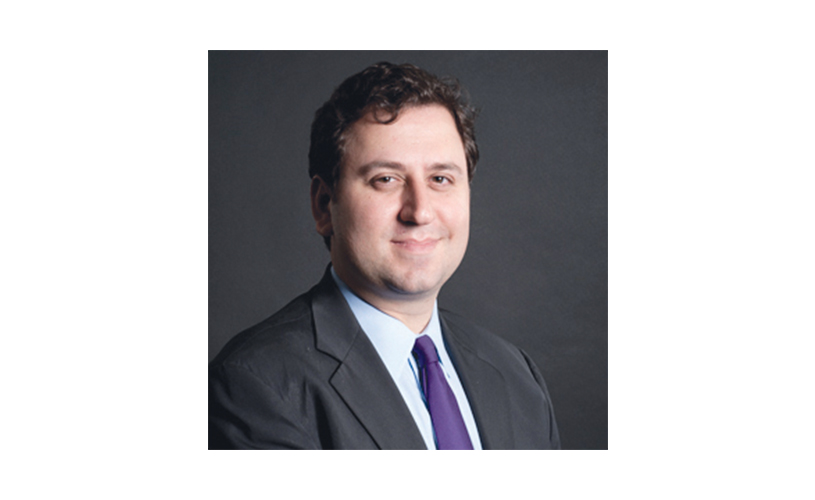
-
Edward-Isaac Dovere
Founding editor at City Hall and The Capitol, 2006-2011
Now senior White House writer for Politico 
-
Andrew Hawkins
Intern, reporter and managing editor at City & State, 2007 to 2012
Went on to report for Crain’s New York Business before landing as the transportation reporter for The Verge 
-
Sal Gentile
Reporter for City Hall, 2008-2010
Now a comedy writer on “Late Night with Seth Meyers” 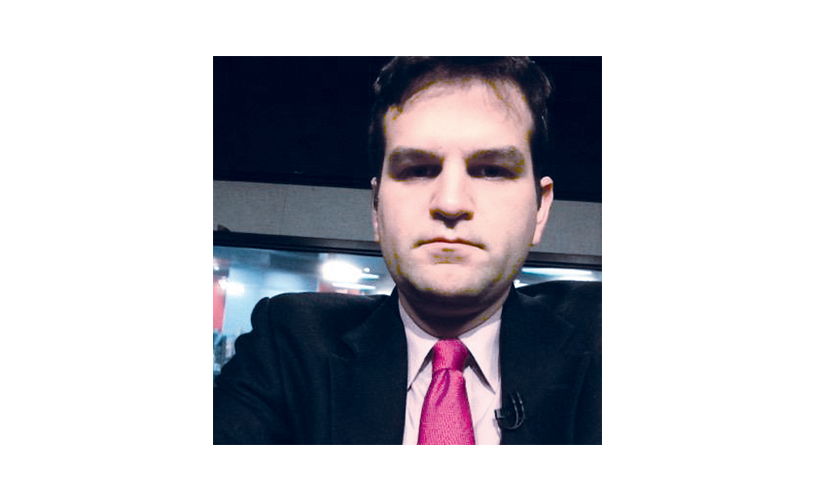
-
David Freelander
Worked as a freelancer before becoming the managing editor at City & State, 2008-2010
Later became a reporter for the Observer and the Daily Beast before returning to freelancing 
-
Adam Lisberg
Editor at City & State, 2011 to 2012
Went on to be the director of external communications for the MTA and is now the corporate communications director in North America for DJI, a company that makes drones. 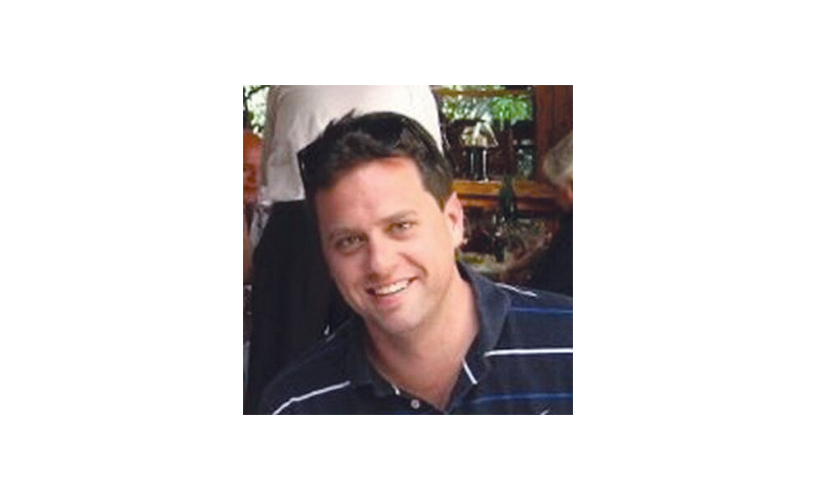
-
Chris Bragg
Reporter at City & State, 2009-2012
Went on to work for Crain’s New York and then the Times Union 
-
Laura Nahmias
Reporter, 2010-2012
Went on to freelance for the Wall Street Journal, worked at Columbia University’s The New York World and now works for Politico New York 
-
Aaron Short
Reporter, 2012-2013
Now a reporter for the New York Post 
-
Wilder Fleming
Intern and reporter, 2014-2015
Now a freelance reporter 
-
Morgan Pehme
Editor, 2012-2014
Now works at EffectiveNY and as a freelance documentarian
I was the last person that Dovere hired. I started as a reporter in January 2011, and that month I tagged along with him to Bloomberg’s State of the City speech on Staten Island. Dovere was in his element, chatting up staffers on the ferry ride and schmoozing with elected officials on site at the St. George Theatre. A few weeks later, he suddenly was packing up his things and heading to Washington, D.C.
Veteran journalist Phil Lentz filled in as interim editor, offering a steady hand through the transition (while forcing both of us to explain repeatedly that we were not related to each other).
In April, Allon announced Adam Lisberg, the Daily News’ City Hall bureau chief, as Dovere’s successor. The hiring of Lisberg, a smart, genial reporter who had cut his teeth covering crime and politics in Chicago before making a name for himself at the Daily News, ensured that City Hall and The Capitol would maintain their hard-earned credibility. Under Lisberg, Bragg and Nahmias won awards for investigative reporting, while Art Director Joey Carolino revamped the newspaper with a more professional style.
In a little over a year Lisberg was off to another job as communications director at the MTA, but in his short tenure he transformed the publications. In December of 2011 he combined City Hall and The Capitol into a single newspaper called City & State.
Equally significant was Lisberg’s development of a morning news email called First Read. Under Dovere, City Hall had sent out a weekday email with one original story, and Allon wanted to expand on it. Phil Lentz, who created Crain’s New York Business’ Insider newsletter, helped with the initial planning while serving as interim editor. But it was Lisberg, with an assist from Publisher Darren Bloch, who came up with the final prototype. Lisberg almost single-handedly put together the email for the first few weeks in 2011 to make sure it met his standards. First Read caught on rapidly. Many subscribers remained only vaguely aware that City & State had a print product, too.
As publisher between 2010 and 2011, Bloch worked with Lisberg to plan more ambitious editorial events. Dovere had conducted live one-on-one interviews with prominent government figures, the first half on the record and the second half off the record. But they were held at TD Bank, and the conversation invariably would be interrupted by the jangling of a customer depositing change into the bank’s coin machines. A turning point was a “State of Our City” policy conference, with a slate of three panel discussions that has served as a template for City & State events ever since.
When Bloch left, he handed the events business to a new employee, Andrew Holt. With a growing number of events on topics like education, transportation and minority contracting, an expanding audience and new sponsors, the company eventually quadrupled the revenue from the events business. Holt’s remarkable success expanding events positioned him to take over as publisher in 2014, a post he held until earlier this year.
One event Holt organized was the first gathering of the 2013 New York City mayoral contenders in June 2012 – but that wasn’t City & State’s only involvement in the election. Allon had jumped into the race, positioning himself as an education reformer and generating some early buzz from the press, if not in the polls. But his longshot candidacy put the reporting team in an awkward position. Any story questioning a top candidate like Council Speaker Christine Quinn was vulnerable to criticism, however unwarranted, that it was biased.
Manhattan Media was preparing to sell off a number of its products, including City & State, and Allon wanted to keep it. He approached a former News Communications colleague, Steve Farbman, who agreed to partner with Allon on a buyout. One of the stipulations was that Allon drop his run for mayor, and he announced his exit from the race as the sale closed.
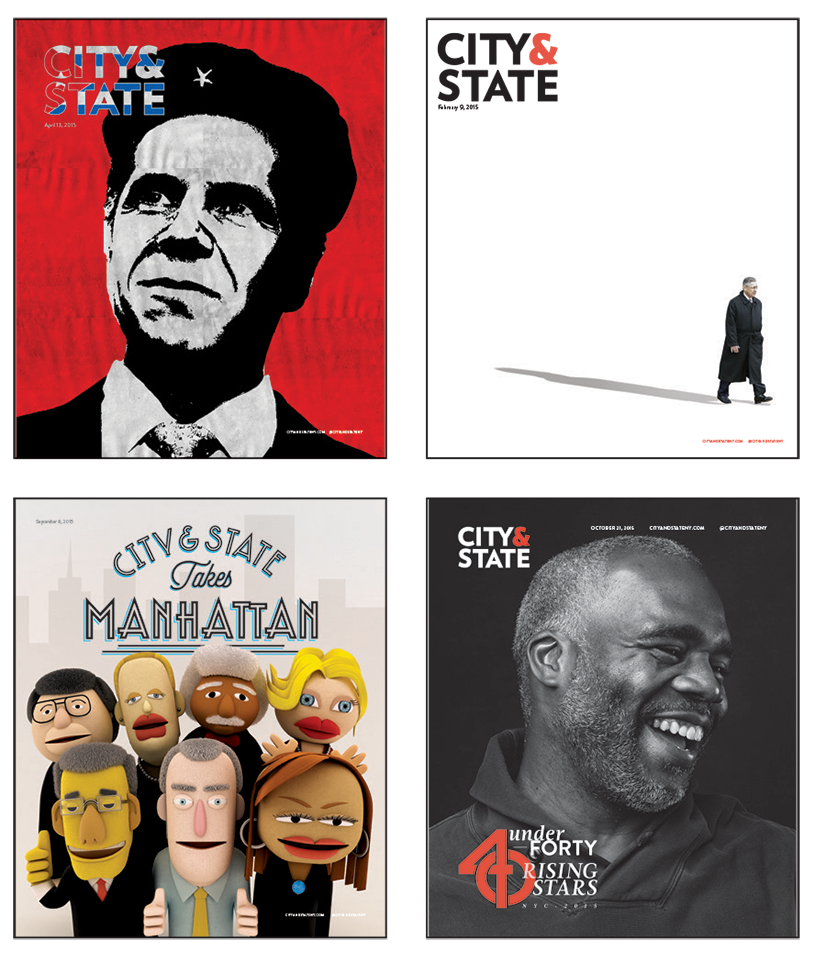
In early 2014, City & State Editor-in-Chief Morgan Pehme called me and a few other staffers into his office to discuss how to cover Cuomo’s Moreland Commission on Public Corruption. Pehme, who replaced Lisberg in mid-2012, had cultivated a source in the Moreland Commission, a supposedly independent investigative body formed in 2013 after lawmakers refused to pass the governor’s ethics reform package. As legislative leaders battled the commission’s subpoenas, word leaked when investigators got too close to Cuomo’s donors. In March of 2014, Cuomo shut down the commission. Bharara blasted the governor, and his office seized the commission’s records.
Pehme had already acquired commission documents showing that the probes into state lawmakers, while unfinished, had generated some promising leads. Pehme was also told in detail how the Second Floor was meddling in the commission’s work. In April, after getting berated and belittled by the governor’s press office, Pehme, along with Albany reporter Matt Hamilton and myself, published a report on Regina Calcaterra, the commission’s executive director who served as a conduit to the administration. Sources said that she had gone to such lengths to stymie the work of investigators that they tried to exclude her from their communications.
In a follow-up in May, I worked with Hamilton and Pehme on another report on potential campaign finance violations by a number of state lawmakers. The worst offenders, according to the commission’s partially finished probe, appeared to be state Sen. George Maziarz, a Western New York power broker, and state Sen. Greg Ball, a GOP lawmaker from the Hudson Valley. Within weeks, both men announced that they would not seek re-election. A number of news outlets followed up on City & State’s exclusives, relying heavily on the reports.
It was a high point for City & State – and for Pehme. “Our work on the Moreland Commission was a testament to patience,” said Pehme, who had built up his sources’ trust over several months. “In the current 24/7 news cycle, there’s a tendency to want to spin out day-of stories and to rush out scooplets. Once we sunk our teeth into the story and appreciated the magnitude, rather than racing out the gate with something that was half-baked, we made sure that we took the time to compile the pieces that were necessary to produce really groundbreaking, long-form insightful pieces.”
When Hawkins, Bragg and Nahmias moved on, Pehme hired Nick Powell, a freelancer for the Greenpoint Gazette, and The Brooklyn Paper’s Aaron Short, who had made a name for himself with investigations into Assemblyman Lopez. I was promoted to managing editor, then headed up to the state Capitol to launch the Albany bureau along with Hamilton. Guillaume Federighi was hired as art director, and his artistic talent and design skills paved the way for the transition from a newspaper to a sleek, sophisticated magazine. Another pivotal move was the creation of a multimedia department headed by Michael Gareth Johnson, the former producer of Albany’s popular “Capital Tonight” TV show.
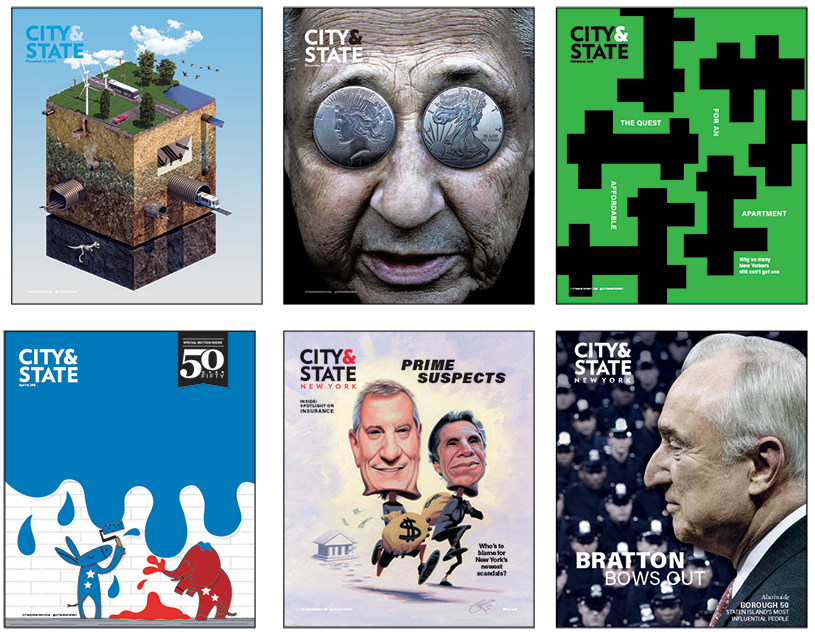
Pehme departed at the end of 2014, and Johnson took over as executive editor and later as editorial director. In addition to video production skills, Johnson had management experience that he relied on to implement new procedures that imposed a structure on a rapidly expanding company.
Since Allon and Farbman acquired City & State, it has added one new product or division after another: New York Nonprofit Media; a City & State Buffalo bureau; editorial partnerships with City Limits in New York City and Investigative Post and the Daily Public in Western New York; and City & State Reports, a research arm-turned-awards series. An afternoon version of First Read, called Last Read, was started and then revamped as part of an Insider package, which also added Saturday and Sunday emails.
More recently, the company launched New York Slant to handle opinion pieces, started recording podcasts and introduced smaller, glossier pages for the magazine, which became a weekly. Most ambitiously, the company made its first foray into another state: City & State Pennsylvania began publishing earlier this year.
The company, which had nine employees when it spun off from Manhattan Media in 2013, today has a staff of more than 30 in its Lower Manhattan headquarters. Despite all the changes, Allon said it all comes back to the original tagline of City Hall: “Politics. Policy. Personalities.”
“If you’re covering government and politics, politics is the fun, horse-racey, interesting part of government,” Allon said. “Policy is the real meat of it, it’s what people go into public service to do and to change. And then personalities are the people that drive that every day, and to be able to get the right mixture of those three things I think is what we’re going for.”
-
June 2006The first edition of City Hall is published
-
July 2006Jim Katocin is hired to the sales team of City Hall’s parent company
-
October 2007Andrew Hawkins, a former intern, is hired as the first staff reporter
-
January 2008The first edition of The Capitol is published
-
October 2008David Freedlander is hired as the first managing editor
-
October 2010Darren Bloch is hired as publisher of City Hall and The Capitol
-
March 2011Edward-Isaac Dovere, the founding editor, departs
-
April 2011Adam Lisberg is hired as editor
-
July 2011The first First Read email goes out
-
December 2011The first edition of City & State is published
-
January 2012Chris Bragg launches The Notebook blog
-
March 2012Lisberg leaves City & State
-
April 2012Morgan Pehme is hired as editor-in-chief
-
June 2013The first Last Read email goes out
-
March 2013Tom Allon and Steve Farbman buy out City & State from Manhattan Media
-
December 2013Andrew Holt is promoted to be publisher
-
January 2014Jon Lentz launches City & State’s Albany bureau
-
September 2014City & State starts a Buffalo bureau
-
December 2014Pehme leaves City & State
-
January 2015Michael Gareth Johnson is promoted to executive editor
-
January 2016City & State Insider begins
-
January 2016Nick Powell starts NY Slant, an opinion platform
-
January 2016City & State begins publishing weekly
-
April 2016City & State Pennsylvania launches

